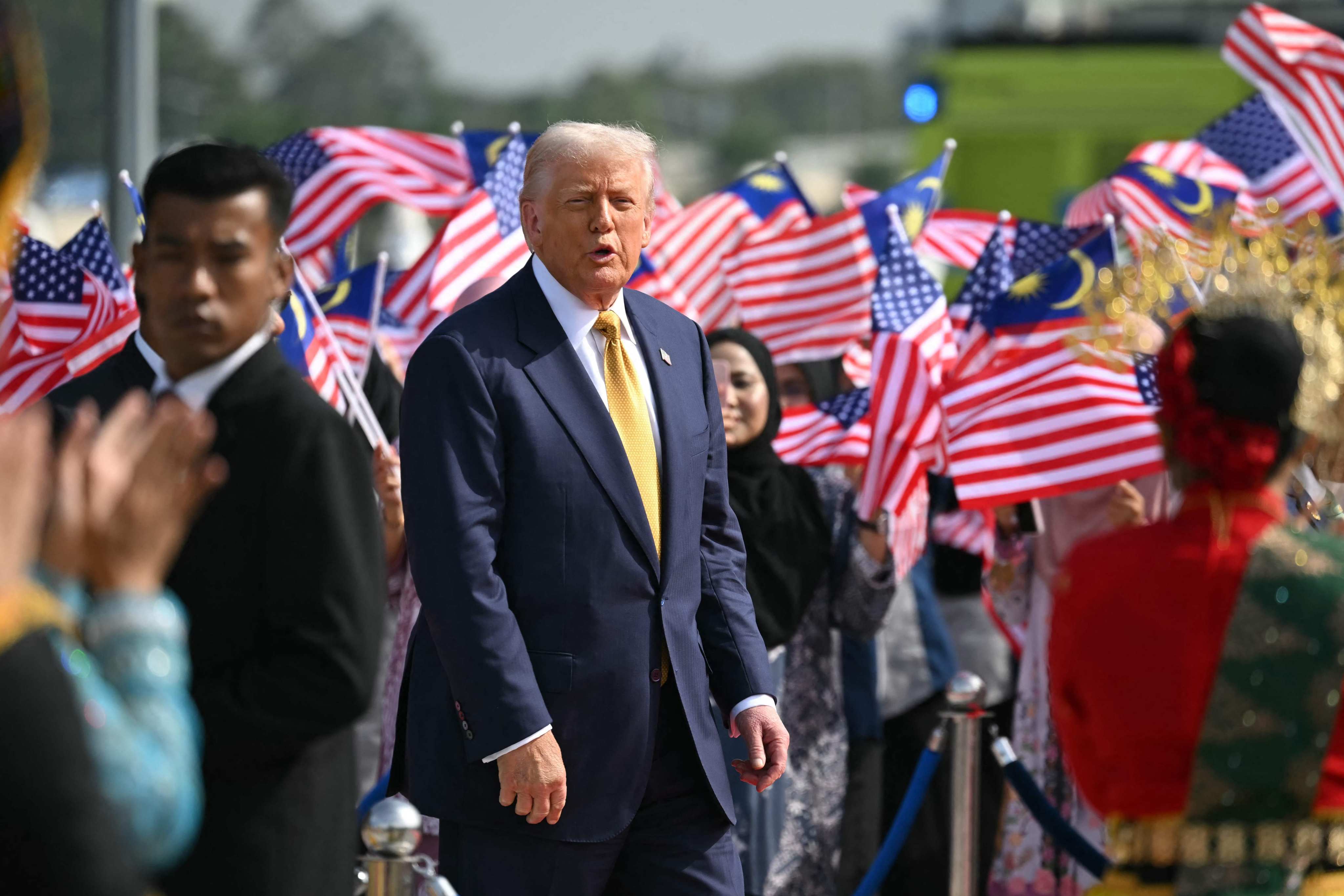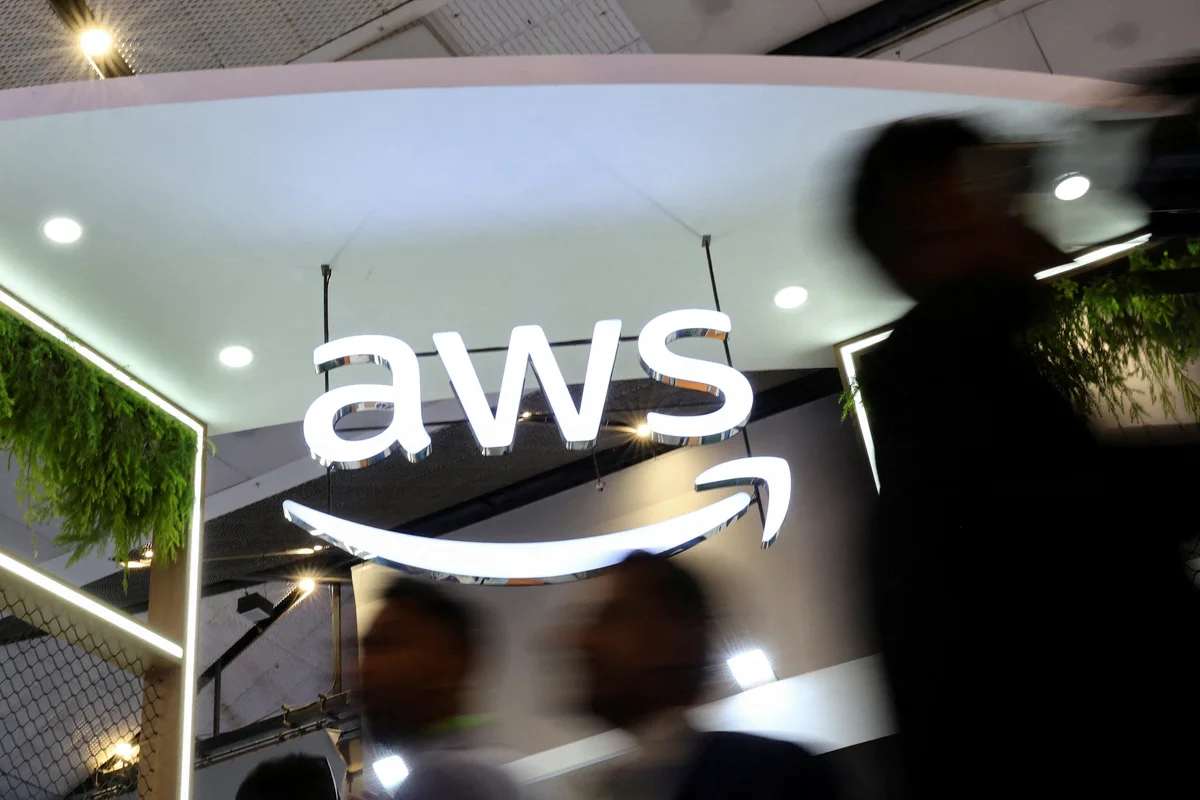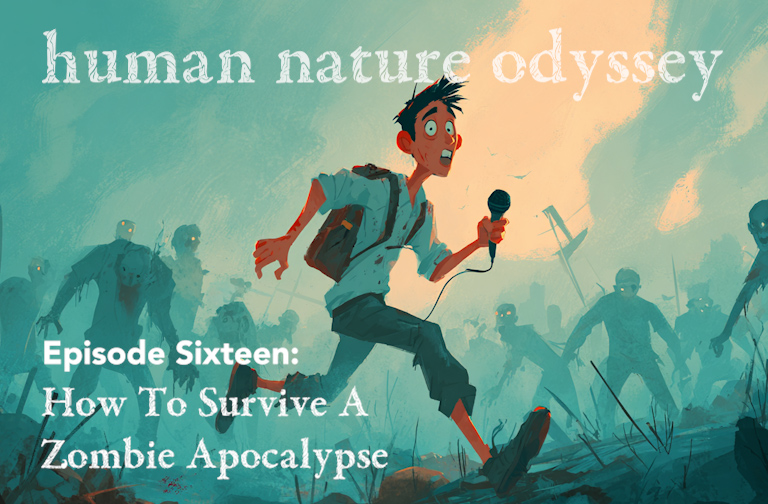Copyright scmp

Despite the superficial conviviality of Donald Trump’s whistle-stop tour through Asia this week, we watched first-hand the dysfunctional reality of the US’ disengagement from the world of multilateralism. Trump delivered a speech at the US-Asean Summit in Malaysia, but skipped the main Asia-Pacific Economic Cooperation (Apec) leaders’ meeting in South Korea. Overall, he was more interested in cutting bilateral deals on the sidelines of the summits. In Malaysia, he finalised unilateral tariff agreements or frameworks with a handful of Association of Southeast Asian Nations members, but the substance of his discussions was elsewhere: rare-earths memorandums of understanding with Malaysia and Thailand, and a self-congratulatory celebration of his peacemaking skills in mediating an end to the Thailand-Cambodia conflict. The week also saw the first-ever meeting of leaders of the Regional Comprehensive Economic Partnership (RCEP), which has Asean at its core, but also includes China, Japan, South Korea, Australia and New Zealand. The US is not part of RCEP, the world’s largest free-trade agreement, which covers 30 per cent of the world’s population and almost a third of global gross domestic product. For a unilateralist like Trump, such a grouping is clearly uninteresting. Trump’s approach stands in contrast to that of Chinese Premier Li Qiang, who spoke of the need to “jointly uphold free trade and the multilateral trading system, oppose all forms of protectionism, and further advance the process of regional economic integration”. From Kuala Lumpur, Trump flew on to Tokyo to meet Japan’s new prime minister Sanae Takaichi, before continuing on to South Korea for the annual Apec summit in Gyeongju. Here again, Trump’s itinerary was an essentially unilateral affair. First, he addressed a gathering of corporate bosses at the Apec CEO Summit. Then he flew to Busan for his summit with Chinese President Xi Jinping. He flew out of Korea before other leaders of the 21-member Apec forum began their discussions linked to Apec’s core objective of “free and open trade and investment” across the Asia-Pacific. For sure, Trump was under significant pressure to rush back to Washington, where the government has been shut down for almost five weeks. But anyway, the US president has no patience for Apec’s fundamental mission of building trust and multilateral cooperation. His “America first” agenda shares little in common with what Eduardo Pedrosa, executive director of Apec’s secretariat, on Monday applauded as “the steady process of building common ground in an increasingly divided world”. The US president’s appearances in Asia reflect the schizophrenic trade tensions that are likely to persist as long as Trump remains in power – a “world minus one” in which most nations remain convinced that multilateral cooperation is in the best interests of all, but in which the single most important economy has abandoned the need to make compromises and is set on bludgeoning any country that is perceived to obstruct US interests. There can be comfort in the past week’s steadfast endorsement at the Asean and Apec meetings of open trade and multilateral cooperation. Trump and his acolytes should note Singaporean Prime Minister Lawrence Wong’s remark in a recent interview: “The tariffs have certainly impacted America’s standing in Southeast Asia – there is no doubt.” They should also note that China, which since 2009 has been Asean’s largest trading partner, has been only too willing to fill the vacuum left by Trump’s transactional diplomacy. But it would be naive to think that we will not all be harmed by Trump’s attack on multilateral cooperation. Individual countries may suffer as unilaterally imposed tariffs squeeze their sales to one of the world’s most important markets. Even bigger casualties are likely to be the family of multilateral institutions like the World Bank, the International Monetary Fund, the World Trade Organization and the United Nations. Trump has sharply reduced funding to the UN’s regular budget and peacekeeping. He has frozen US$5 billion in foreign aid. He has withdrawn from the Paris Climate Accord, World Health Organization, UN Human Rights Council and Unesco. He has disavowed the UN’s Sustainable Development Goals; the US ambassador to the UN in his Senate confirmation hearing said he wanted to ensure US funding “draws a straight and direct line to a compelling US national interest”. Trump in February launched a comprehensive review of US engagement in all multilateral organisations, promising to deliver findings in August. The results of that review are long overdue, but that may just be a matter of keeping all in suspense and generating pressure for UN reform while a Damoclean sword is held overhead. As a commentary by the European Council on Foreign Relations observed in August, Trump may be “keeping one foot in wherever it deems convenient”. As Trump flew back to the US on Thursday, he was no doubt patting himself on the back for having successfully sealed a bundle of vote-winning bilateral tariff deals – not least his deal with China. But he should note that as he flew out, Xi Jinping was travelling on to Gyeongju for discussions with fellow Apec leaders. Most Apec economies have voiced a broad-based preference for multilateral cooperation. But as they glimpse Trump’s empty Apec seat across the room, they have to recognise that cooperation across a world minus one may be the best we can do for now.



